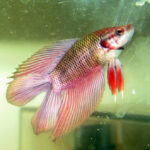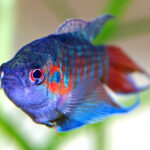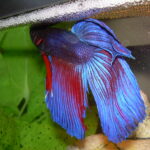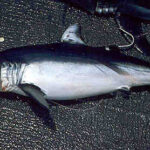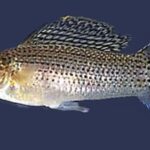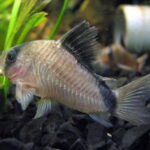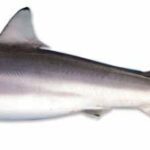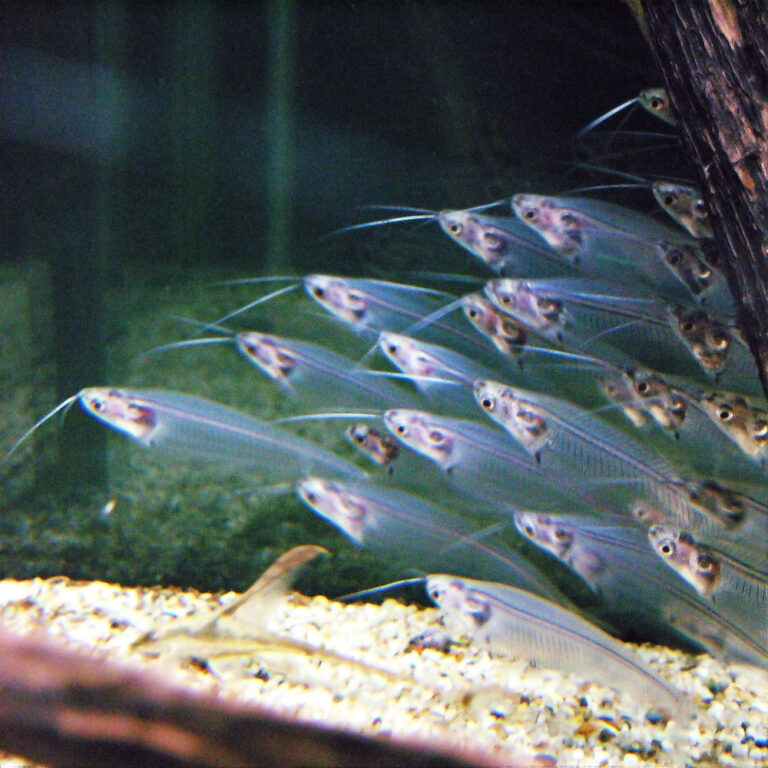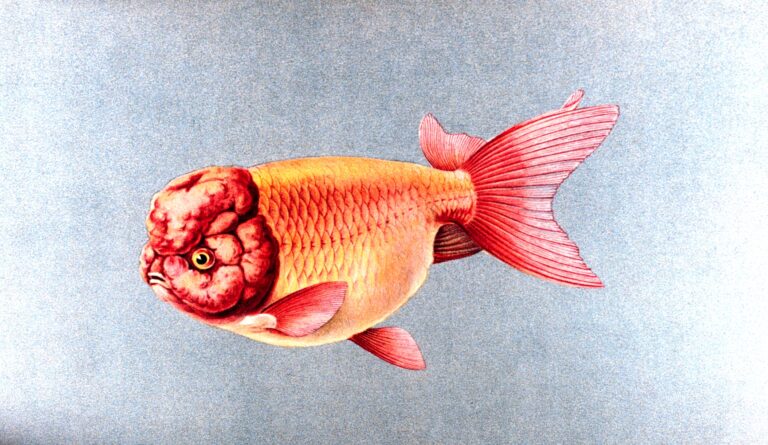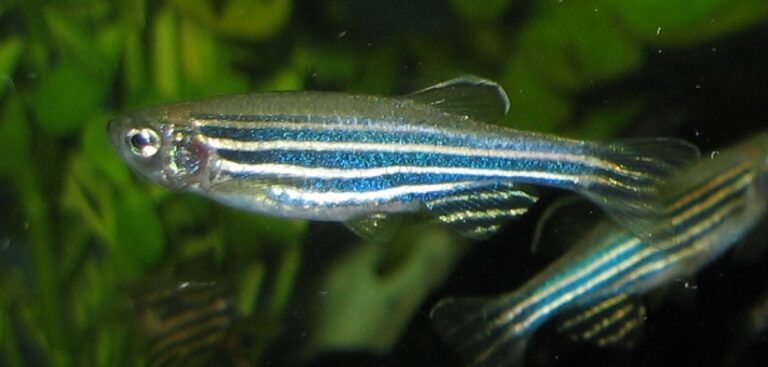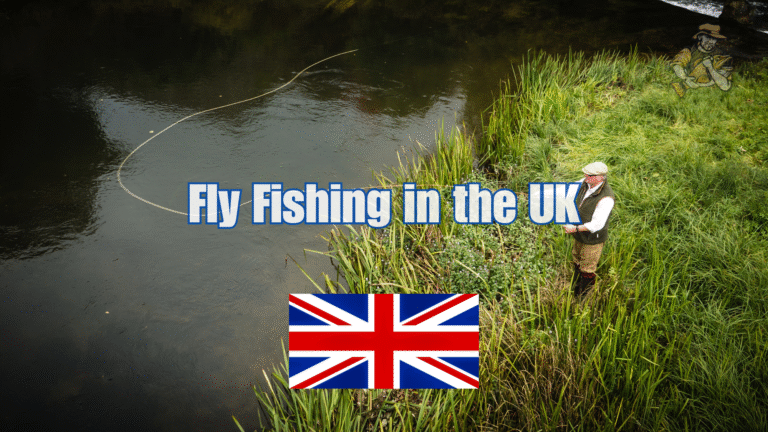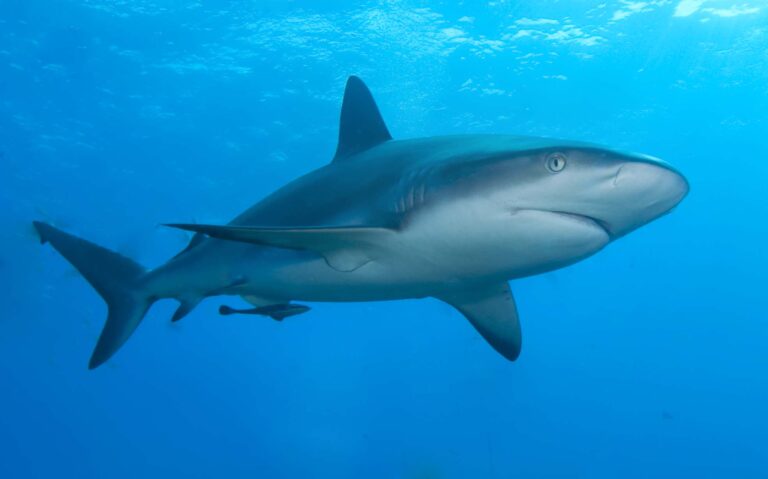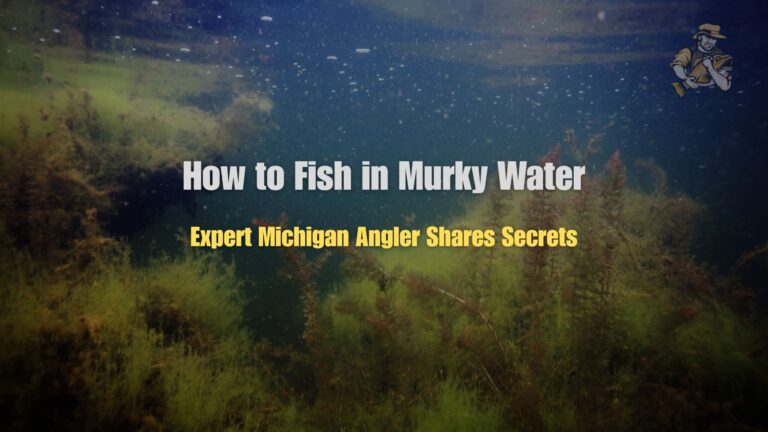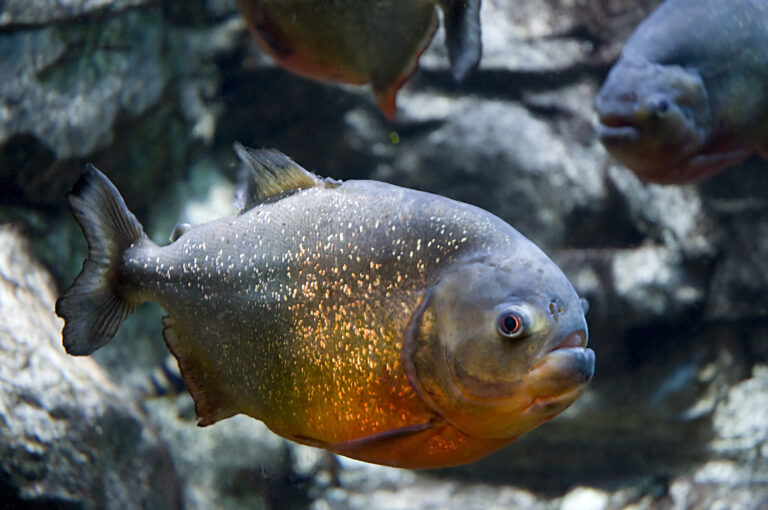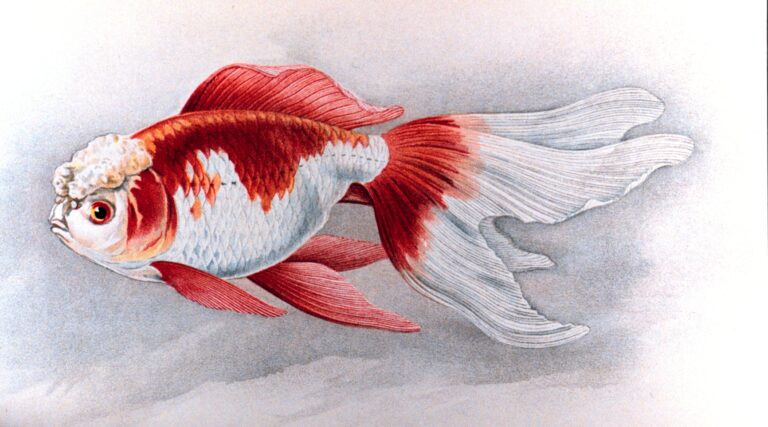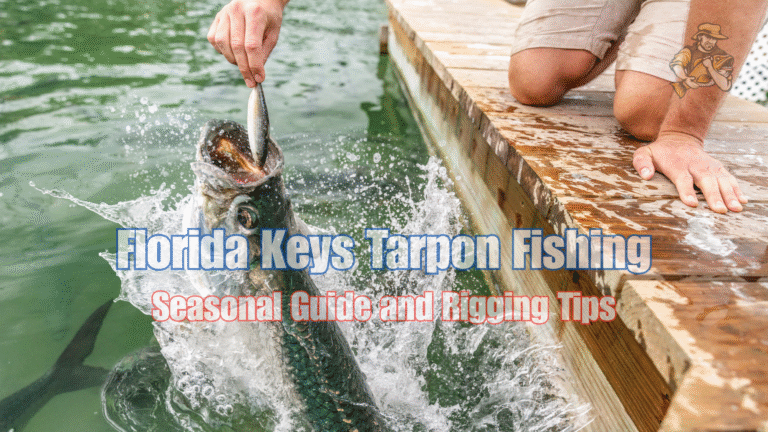Blue Gourami
By Ryan Maron | Last Modified: June 10, 2025

The Blue Gourami (*Trichogaster trichopterus*) stands as one of the most recognizable and adaptable freshwater fish species in tropical aquaculture and natural ecosystems across Southeast Asia. This labyrinth fish, characterized by its distinctive breathing apparatus and striking coloration, has earned significant attention from marine biologists, aquarists, and conservationists alike due to its remarkable adaptability and ecological resilience. Originally native to the Mekong Basin and surrounding river systems, the Blue Gourami plays a crucial role as both predator and prey within its freshwater habitat, contributing to the delicate balance of tropical aquatic food webs. Its ability to breathe atmospheric oxygen through a specialized labyrinth organ has enabled this species to thrive in oxygen-poor waters where other fish cannot survive, making it an essential component of wetland ecosystems throughout its native range.
| Feature | Details |
|---|---|
| Common Name | Blue Gourami |
| Scientific Name | Trichogaster trichopterus |
| Family | Osphronemidae |
| Typical Size | 10-15 cm (4-6 inches), 25-35 grams |
| Habitat | Shallow freshwater wetlands, rice paddies |
| Diet | Omnivorous – insects, plant matter, small fish |
| Distribution | Southeast Asia, introduced globally |
| Conservation Status | Least Concern |
Taxonomy & Classification
The Blue Gourami belongs to the family Osphronemidae, commonly known as gourami fish, within the order Anabantiformes. Originally described by Pallas in 1770, *Trichogaster trichopterus* has undergone several taxonomic revisions throughout scientific history. The genus name Trichogaster derives from Greek, meaning “hair belly,” referencing the thread-like pelvic fins characteristic of this species group. The species epithet trichopterus translates to “three spots,” describing the distinctive dark markings along the fish’s flanks.
Recent molecular phylogenetic studies have confirmed the Blue Gourami’s position within the Osphronemidae family, which includes approximately 133 species across 15 genera. This family is distinguished by the presence of the labyrinth organ, a specialized respiratory structure that allows these fish to extract oxygen directly from atmospheric air. The Blue Gourami shares this family with other economically important species including the Giant Gourami (*Osphronemus goramy*) and various Betta species.
Subspecies classification remains somewhat controversial among ichthyologists, with some researchers recognizing distinct geographical variants based on coloration patterns and fin morphology. The most widely accepted classification includes the nominal subspecies *T. t. trichopterus* from the Mekong Basin and *T. t. sumatranus* from Sumatra, though genetic analysis suggests these distinctions may be less significant than previously thought.
Physical Description
The Blue Gourami exhibits a laterally compressed, oval-shaped body typical of the Osphronemidae family, with adults typically reaching lengths of 10 to 15 centimeters and weights between 25 to 35 grams. The species displays remarkable sexual dimorphism, with males developing more pronounced coloration and extended dorsal fins during breeding season. Wild specimens showcase a base coloration ranging from pale blue-gray to deeper metallic blue, overlaid with two prominent dark spots along the mid-body and a third spot at the base of the caudal fin.
The most distinctive anatomical feature of the Blue Gourami is its modified pelvic fins, which have evolved into long, thread-like sensory organs called filamentous rays. These specialized appendages contain numerous taste buds and mechanoreceptors, allowing the fish to explore its environment through tactile and chemical sensation. The dorsal fin extends along most of the fish’s back, with males displaying longer, more pointed fin rays compared to females.
Coloration varies significantly between wild and captive populations, with selective breeding producing numerous color morphs including gold, platinum, and opaline varieties. The labyrinth organ, housed within the gill chamber, consists of folded, highly vascularized tissue that enables atmospheric oxygen absorption. This adaptation is clearly visible as a darkened area behind the gills when the fish surfaces to breathe.
The Blue Gourami’s mouth structure reflects its omnivorous feeding habits, featuring small, pointed teeth suitable for grasping both plant matter and small prey items. The lateral line system, clearly visible as a series of dark pores along the fish’s sides, provides enhanced sensory capabilities for detecting water movement and pressure changes in their often turbid natural habitats.
Habitat & Distribution
The native range of the Blue Gourami encompasses the extensive river systems of Southeast Asia, including the Mekong River basin, Chao Phraya River system, and various tributaries throughout Thailand, Vietnam, Laos, Cambodia, and Malaysia. These fish naturally inhabit shallow, slow-moving waters characterized by dense aquatic vegetation, including rice paddies, swamps, ditches, and flood plains where water temperatures range from 22 to 30 degrees Celsius.
Natural Blue Gourami populations demonstrate a strong preference for habitats with abundant vegetation cover and soft, slightly acidic water conditions with pH levels between 6.0 and 7.5. The species shows remarkable tolerance for varying water quality parameters, including low dissolved oxygen levels that would prove fatal to most other fish species. This adaptability has enabled Blue Gouramis to colonize agricultural areas, particularly rice cultivation systems where they provide natural pest control services.
Due to both intentional introductions and aquarium releases, Blue Gourami populations have established themselves across tropical and subtropical regions worldwide. Significant introduced populations exist in the southern United States, particularly Florida, where they have colonized canal systems and freshwater wetlands. Additional established populations have been documented in Colombia, the Philippines, and various Pacific islands.
The species demonstrates remarkable habitat flexibility, successfully adapting to urban water bodies, retention ponds, and heavily modified aquatic environments. However, they remain most abundant in vegetated shallow waters where temperatures remain consistently warm and oxygen levels fluctuate dramatically between day and night cycles. Seasonal flooding patterns in their native range have shaped their reproductive and feeding behaviors, with populations expanding into newly flooded areas during monsoon seasons.
Diet & Feeding Behavior
Blue Gouramis exhibit opportunistic omnivorous feeding behavior, with dietary composition varying significantly based on habitat conditions, seasonal availability, and life stage. Adult specimens primarily consume aquatic insects, insect larvae, small crustaceans, plant matter, and algae, while juveniles focus more heavily on microscopic organisms including rotifers, copepods, and newly hatched brine shrimp. This dietary flexibility has contributed significantly to their success in both natural and introduced environments.
Foraging behavior in Blue Gouramis involves systematic exploration of the water column and substrate using their modified pelvic fins as sensory probes. These thread-like appendages allow them to locate food items hidden within vegetation or buried in soft sediments through chemoreception and tactile sensation. The species demonstrates remarkable feeding adaptability, adjusting hunting strategies based on prey availability and environmental conditions.
During daylight hours, Blue Gouramis actively pursue flying insects that fall onto the water surface, displaying impressive jumping ability to capture prey above the waterline. Their feeding activity typically peaks during dawn and dusk periods when insect emergence is highest. Plant matter consumption increases during periods of animal protein scarcity, with individuals grazing on algae, soft aquatic plants, and decomposing organic material.
Territorial feeding behavior emerges during breeding season, with dominant males establishing feeding territories around favorable foraging areas. The species exhibits minimal schooling behavior during feeding, preferring to forage individually or in loose aggregations. Juvenile Blue Gouramis often feed in association with other small fish species, benefiting from increased prey detection and predator vigilance in mixed-species foraging groups.
Behavior & Adaptations
The Blue Gourami’s most remarkable adaptation is its labyrinth organ, which enables survival in oxygen-depleted waters where other fish species cannot persist. This specialized respiratory system consists of folded, highly vascularized tissue that extracts oxygen directly from atmospheric air, allowing the fish to survive in stagnant pools and heavily polluted waters with dissolved oxygen levels below 2 mg/L.
Social behavior in Blue Gouramis varies considerably between breeding and non-breeding periods. Outside of reproductive season, individuals display relatively peaceful temperaments, often forming loose aggregations in areas with abundant food resources. However, mature males become increasingly territorial as breeding season approaches, establishing and defending territories ranging from 0.5 to 2 square meters around suitable nesting sites.
The species demonstrates remarkable environmental adaptability, tolerating temperature fluctuations from 18 to 35 degrees Celsius and surviving brief exposure to brackish water conditions. Their modified pelvic fins serve multiple behavioral functions beyond feeding, including territorial disputes, courtship displays, and environmental exploration. Males use these appendages to test water quality and locate optimal bubble nest construction sites.
Communication in Blue Gouramis involves a combination of visual displays, fin positioning, and low-frequency sound production through specialized sonic muscles. Territorial males produce clicking sounds audible to human ears, particularly during aggressive encounters with conspecifics. Color change abilities allow rapid communication of emotional states, with stressed individuals displaying darkened coloration while breeding males exhibit intensified blue tones and contrasting markings.
Anti-predator adaptations include rapid acceleration capabilities, vegetation-seeking behavior when threatened, and the ability to survive extended periods in shallow refugia where larger predators cannot follow. Their labyrinth organ provides a crucial survival advantage during dry season habitat contraction when fish become concentrated in isolated pools with deteriorating water quality.
Reproduction & Life Cycle
Blue Gourami reproduction follows a complex seasonal pattern closely tied to monsoon cycles and water level fluctuations in their native range. Breeding typically occurs during the wet season when water temperatures rise above 26 degrees Celsius and abundant food resources support larval development. Sexual maturity is reached at approximately 6 to 8 months of age, corresponding to body lengths of 7 to 9 centimeters.
The reproductive process begins with elaborate courtship displays performed by territorial males who establish breeding territories in shallow, vegetation-rich areas. Males construct floating bubble nests using oral secretions and plant materials, creating structures measuring 5 to 10 centimeters in diameter at the water surface. These nests serve as both courtship displays and protective nurseries for developing embryos.
Courtship behavior involves intense coloration changes, with breeding males displaying vibrant blue hues and contrasting dark markings to attract receptive females. Males perform ritualized swimming patterns around their bubble nests, extending their fins and producing low-frequency vocalizations. Receptive females approach the nest site, where spawning occurs through a characteristic embrace beneath the bubble nest structure.
Fecundity in Blue Gouramis ranges from 300 to 800 eggs per spawning event, with larger females producing higher egg counts. Embryonic development proceeds rapidly at optimal temperatures, with hatching occurring after 24 to 36 hours depending on water temperature. Larvae remain attached to the bubble nest for an additional 2 to 3 days while absorbing their yolk sacs before becoming free-swimming.
Parental care is provided exclusively by males, who guard the bubble nest and surrounding territory throughout the incubation period. Males retrieve scattered eggs, maintain bubble nest integrity, and defend against potential predators including other Blue Gouramis. Juvenile fish disperse from the nest site approximately one week after hatching, reaching adult size within 8 to 12 months under optimal conditions.
Predators & Threats
Blue Gouramis face predation pressure from various aquatic and semi-aquatic species throughout their life cycle, with vulnerability varying significantly based on age, habitat, and seasonal conditions. Adult Blue Gouramis encounter predation from larger fish species including snakeheads (*Channa* spp.), catfish, and various cichlid species that inhabit similar freshwater environments. Water birds, particularly herons, egrets, and kingfishers, represent significant aerial predators, especially in shallow wetland habitats.
Juvenile Blue Gouramis experience considerably higher predation rates due to their smaller size and limited escape capabilities. Dragonfly larvae, water beetles, and other aquatic invertebrates prey heavily on newly hatched fry, while adult fish of numerous species consume juveniles up to 3 centimeters in length. The species’ bubble-nesting reproductive strategy partially mitigates early life stage mortality by concentrating parental protection during the most vulnerable developmental period.
Habitat degradation poses the most significant long-term threat to Blue Gourami populations throughout their native range. Agricultural intensification, particularly the conversion of traditional rice cultivation systems to intensive monocultures, has eliminated crucial breeding and foraging habitats. Pesticide applications in agricultural areas directly impact Blue Gourami populations through both acute toxicity and prey base reduction.
Water pollution from urban development, industrial discharge, and agricultural runoff creates challenging conditions even for this adaptable species. While Blue Gouramis demonstrate remarkable tolerance for poor water quality, chronic exposure to heavy metals, pesticides, and organic pollutants can impair reproductive success and reduce population resilience. Climate change impacts, including altered precipitation patterns and increased temperature extremes, may disrupt traditional breeding cycles and habitat availability.
Overfishing for both local consumption and international aquarium trade has created additional pressure on wild Blue Gourami populations. Although the species remains abundant throughout most of its range, localized population declines have been documented in heavily exploited areas, particularly around major urban centers where collection pressure is most intense.
Conservation Status
The International Union for Conservation of Nature (IUCN) currently classifies the Blue Gourami as “Least Concern” due to its widespread distribution, large population size, and demonstrated adaptability to habitat modification. However, this classification masks significant regional variations in population trends and conservation challenges throughout the species’ native range. While global populations remain stable, several local populations face declining trends due to habitat loss and degradation.
Conservation efforts for Blue Gouramis primarily focus on habitat preservation and sustainable aquaculture practices rather than direct species protection measures. The species’ economic importance in both food production and ornamental fish trade has motivated various conservation initiatives aimed at maintaining healthy wild populations to support sustainable harvesting practices. Traditional rice-fish farming systems provide crucial habitat conservation benefits while maintaining cultural practices and economic livelihoods.
Several Southeast Asian countries have implemented regulations governing Blue Gourami collection and export to prevent overexploitation of wild populations. These measures include seasonal collection restrictions during breeding periods, size limits to protect reproductive adults, and quotas limiting total annual harvest volumes from specific water bodies. Enforcement of these regulations remains challenging due to the species’ widespread distribution and the difficulty of monitoring small-scale collection activities.
Captive breeding programs have significantly reduced pressure on wild Blue Gourami populations by providing sustainable sources for the international aquarium trade. Commercial breeding facilities throughout Asia now produce millions of Blue Gouramis annually, meeting most global demand without wild collection. These programs have also facilitated genetic research and conservation breeding efforts for related species facing greater conservation challenges.
Research priorities for Blue Gourami conservation include population monitoring programs, habitat restoration effectiveness studies, and genetic diversity assessments to inform management decisions. Climate change adaptation strategies are increasingly important as altered precipitation patterns and temperature regimes may impact traditional breeding areas and seasonal migration patterns.
Human Interaction
Blue Gouramis have maintained significant cultural and economic relationships with human communities throughout Southeast Asia for centuries, particularly in traditional rice-fish farming systems where they provide natural pest control while supplementing protein intake for rural families. These sustainable aquaculture practices demonstrate remarkable ecological efficiency, with Blue Gouramis consuming mosquito larvae and other agricultural pests while requiring minimal external inputs or management intervention.
The global ornamental fish trade represents the most economically significant human interaction with Blue Gouramis, with millions of specimens exported annually from breeding facilities across Southeast Asia. This industry supports thousands of jobs in rural communities while generating substantial foreign exchange revenues for producing countries. Gourami species diversity in the aquarium trade has expanded dramatically through selective breeding programs that have produced numerous color varieties and fin types.
Commercial food production utilizing Blue Gouramis occurs primarily in their native range, where the species provides affordable protein sources for local markets. Traditional preparation methods include grilling, steaming, and incorporation into curries and soups, with the fish valued for its mild flavor and firm texture. Small-scale aquaculture operations often integrate Blue Gourami production with vegetable cultivation in polyculture systems that maximize land use efficiency.
Research applications for Blue Gouramis include physiological studies of air-breathing mechanisms, behavioral ecology investigations, and aquaculture nutrition research. Their hardy nature and ease of maintenance make them valuable laboratory subjects for various scientific disciplines. Educational programs frequently utilize Blue Gouramis to teach concepts related to adaptation, behavior, and aquatic ecosystem function.
Management challenges arise from the species’ establishment in non-native environments, where Blue Gouramis may compete with indigenous fish species or alter ecosystem dynamics. Florida populations have prompted monitoring programs to assess potential ecological impacts, though current evidence suggests minimal negative effects on native fish communities. Basic fishing techniques are sometimes employed by researchers and managers to sample Blue Gourami populations for monitoring purposes.
Interesting Facts
The Blue Gourami’s labyrinth organ represents one of the most sophisticated air-breathing adaptations among freshwater fish, capable of extracting up to 60% of the fish’s oxygen requirements directly from atmospheric air. This remarkable physiological capability allows Blue Gouramis to survive in water with dissolved oxygen levels as low as 0.5 mg/L, conditions that would prove rapidly fatal to most other fish species. The organ’s efficiency increases with water temperature, providing enhanced survival advantages during hot weather when dissolved oxygen levels naturally decline.
Acoustic communication in Blue Gouramis involves the production of clicking and grunting sounds through specialized sonic muscles connected to the swim bladder. These vocalizations can be detected by hydrophones at distances exceeding 10 meters and play crucial roles in territorial defense and courtship behavior. Male Blue Gouramis produce distinct sound patterns during different behavioral contexts, with aggressive encounters generating rapid clicking sequences while courtship displays involve slower, rhythmic pulses.
Blue Gouramis demonstrate remarkable problem-solving abilities and spatial memory capabilities, successfully navigating complex maze configurations and remembering food source locations for extended periods. Laboratory studies have documented their ability to learn simple association tasks and modify behavior based on environmental feedback. This cognitive flexibility likely contributes to their success in diverse habitat types and changing environmental conditions.
The species exhibits unusual parental care behaviors among bubble-nest building fish, with males occasionally consuming damaged or unfertilized eggs to maintain nest hygiene and optimize resource allocation for viable offspring. This selective cannibalism improves overall reproductive success by preventing fungal infections that could spread throughout the nest structure and reducing competition among developing larvae.
Color change abilities in Blue Gouramis extend beyond simple stress responses to include complex social signaling systems. Dominant individuals can rapidly intensify their blue coloration while simultaneously darkening their spot patterns to communicate status information to conspecifics. Subordinate fish respond by displaying pale, washed-out colors that signal submission and reduce aggressive interactions.
Traditional medicine practices in Southeast Asia have historically utilized various Blue Gourami body parts for treating respiratory ailments and skin conditions, though scientific validation of these applications remains limited. The species’ association with air-breathing capabilities may have influenced these traditional uses, reflecting cultural observations of the fish’s unique physiological adaptations.
Frequently Asked Questions
How long do Blue Gouramis live in the wild versus captivity?
Wild Blue Gouramis typically live 3 to 4 years, while captive specimens often survive 5 to 6 years under optimal aquarium conditions. The extended lifespan in captivity results from consistent food availability, protection from predators, and stable environmental conditions. Proper nutrition and water quality management are crucial factors determining longevity in both wild and captive populations.
Can Blue Gouramis survive completely out of water?
Blue Gouramis can survive brief periods out of water due to their labyrinth organ, but they remain aquatic fish requiring water for gill function and skin moisture. Laboratory studies indicate survival times of 15 to 30 minutes in humid conditions, though this adaptation primarily serves to enable survival in extremely oxygen-poor water rather than terrestrial existence. Extended exposure to air causes dehydration and ultimately proves fatal.
Do Blue Gouramis pose threats to native ecosystems when introduced?
Current research suggests Blue Gouramis have minimal negative impact on native fish communities in most introduced environments, though they may compete with similar-sized native species for food resources. Their omnivorous diet and habitat flexibility can lead to ecosystem modifications, but these changes are typically less severe than those caused by more aggressive introduced species. Long-term monitoring continues in areas with established non-native populations.
What water conditions are essential for Blue Gourami reproduction?
Successful Blue Gourami breeding requires water temperatures between 26 to 30 degrees Celsius, pH levels from 6.0 to 7.5, and abundant floating vegetation or artificial nest-building materials. Reduced water levels stimulating natural dry season conditions often trigger breeding behavior. Males require territories with minimal water movement to construct stable bubble nests, making shallow, protected areas optimal for reproduction.
Conclusion
The Blue Gourami exemplifies remarkable evolutionary adaptation and ecological resilience, serving as a keystone species in Southeast Asian freshwater ecosystems while demonstrating exceptional ability to thrive in diverse environmental conditions. Its unique labyrinth organ and complex behavioral repertoire have enabled successful colonization of habitats worldwide, though conservation of native populations remains essential for maintaining genetic diversity and ecosystem function. Through sustainable aquaculture practices and continued research efforts, the Blue Gourami will likely continue playing important roles in both natural ecosystems and human communities for generations to come.
Share The Article:
More Fish Species:
-
Glass Catfish
The Glass Catfish (Kryptopterus bicirrhis) stands as one of Southeast Asia’s most distinctive freshwater species, renowned for its remarkable…
-
Ranchu Goldfish
The Ranchu Goldfish represents one of the most distinctive and culturally significant ornamental fish varieties in the aquatic world….
-
Bubble Eye Goldfish
The Bubble Eye Goldfish stands as one of the most distinctive and recognizable varieties of ornamental goldfish, captivating aquarists…
-
Green Swordtail
The Green Swordtail (Xiphophorus hellerii) represents one of the most recognizable and ecologically significant freshwater fish species in both…
-
Zebra Danio
The Zebra Danio (Danio rerio) stands as one of freshwater aquarium keeping’s most recognizable and scientifically significant species. This…
-
Great White Shark
The Great White Shark (*Carcharodon carcharias*) stands as one of the ocean’s most formidable apex predators, commanding respect and…
Discover
-
What do You Need for Fishing in 2025? | Essential Gear for Beginners and Veterans
As I was organizing my tackle box last weekend for an early spring trip to Lake Michigan, I realized…
-
Fly Fishing in the UK: Top Rivers and Seasonal Patterns
After nearly three decades casting flies across waters from Michigan to Maine – and now spending several weeks each…
-
History of Fly Fishing: Ancient Origins to Modern Mastery
The gentle art of fly fishing has captivated anglers for centuries, evolving from a practical method of obtaining food…
-
Caribbean Reef Shark
The Caribbean Reef Shark (*Carcharhinus perezi*) stands as one of the most recognizable and ecologically significant predators patrolling the…
-
Offshore Swordfish fishing: Night Techniques and Premier Gear
The first time I ventured into the darkness 30 miles offshore of Key West for swordfish, I was woefully…
-
How to Fish in Murky Water: Expert Michigan Angler Shares Secrets
Last Tuesday, I was standing knee-deep in chocolate-colored water where Kellogg Creek dumps into the Kalamazoo River. Water visibility:…
Discover
-
Basic Fishing Techniques: Master the Fundamentals
There’s something magical about that first tug on your fishing line. I still remember mine, a scrappy bluegill on…
-
Red Belly Piranha
The Red Belly Piranha (*Pygocentrus nattereri*) stands as one of South America’s most misunderstood freshwater predators, wielding razor-sharp teeth…
-
Oranda Goldfish
The Oranda Goldfish (Carassius auratus) stands as one of the most distinctive and cherished varieties in the world of…
-
Pelagic Thresher Shark
The Pelagic Thresher Shark stands as one of the ocean’s most distinctive and efficient predators, renowned for its dramatically…
-
Blue Catfish
The Blue Catfish (Ictalurus furcatus) stands as North America’s largest freshwater catfish species and represents one of the continent’s…
-
Florida Keys Tarpon Fishing: Seasonal Guide and Rigging Tips
I still remember my first tarpon hookup in the Florida Keys like it happened yesterday, not 17 years ago….

